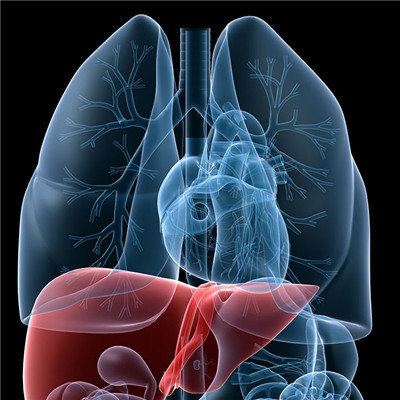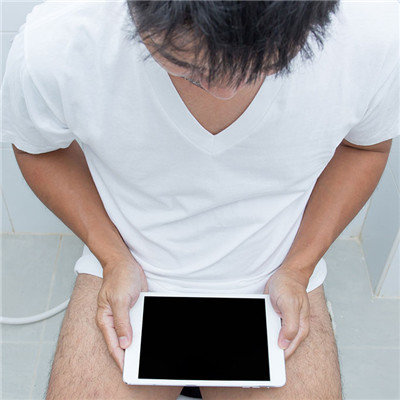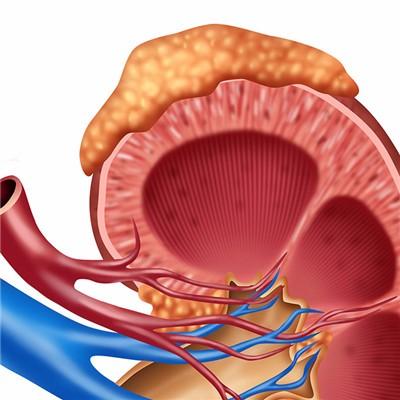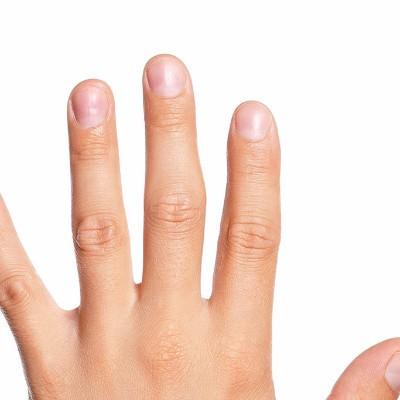Symptoms of invisible strabismus
summary
Recessive strabismus: divided into horizontal, vertical and rotational. According to statistics, about 90% - 95% of the population have cryptotropia, which can be controlled in the positive position by the fusion reflex and maintain binocular monocular, and can not be detected without examination. As long as the fusion reflex is eliminated artificially, such as alternating occlusion method, we can judge whether the examinee has occult oblique and its nature. If the eye is uncovered, it is exophoric when it moves rapidly from the outside to the inside, and it is implicit when it moves from the inside to the outside. In addition, it can also be judged by using methods such as Mahalanobis lens. Symptoms of invisible strabismus? Let's talk about it
Symptoms of invisible strabismus
Mild esotropia has good binocular vision and neuromuscular reserve ability, so it has no clinical symptoms such as asthenopia and does not need treatment. If the clinical symptoms such as asthenopia, prolonged reading and intermittent diplopia are caused by large degree of esotropia,
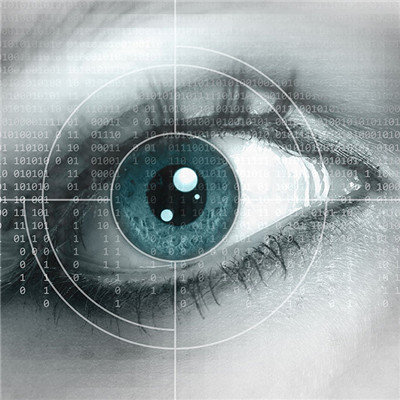
In order to maintain stable binocular vision, especially to make patients maintain comfortable reading ability for a long time, in addition to training correction, optical method can be used for correction. The inner oblique uses a press fit triangular lens with the bottom outward, and the outer oblique uses a prism with the bottom inward. If you have myopia, hyperopia, or more than 3D ametropia, you can also consider changing the pupil distance appropriately, and use the prism effect of concave or convex lens itself to alleviate the visual fatigue of patients.
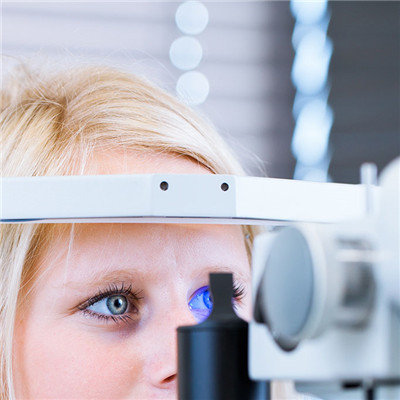
Some of the more obvious esotropia can be converted into concomitant strabismus, and the surgical effect of this kind of patients is satisfactory. In the case of occult strabismus, we should use covering and removing covering methods to exclude small angle strabismus. We should also pay attention to the exclusion of non common occult strabismus caused by mild ophthalmoplegia.
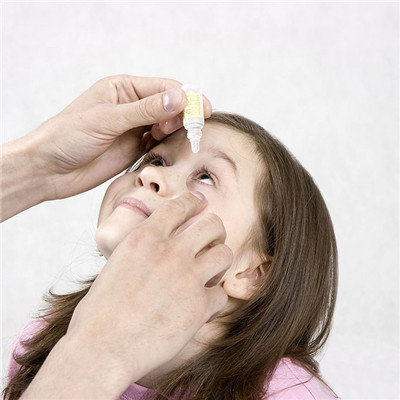
matters needing attention
Surgical treatment is to adjust the strength of the external eye muscle and the position of the attachment point by surgical method, so that the eye position tends to be normal. Most of congenital esotropia and upper and lower strabismus need surgical treatment, and the strabismus with non accommodation and high inclination usually needs surgical correction.

